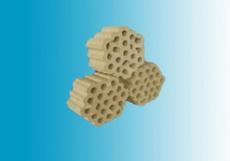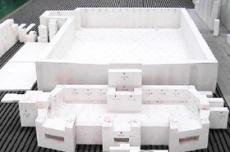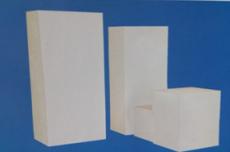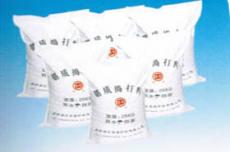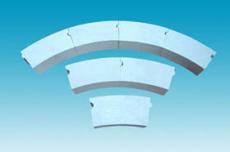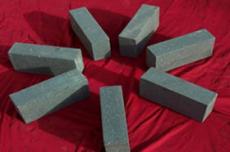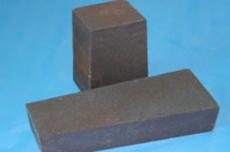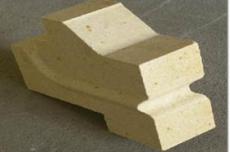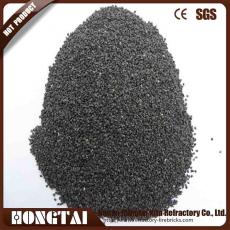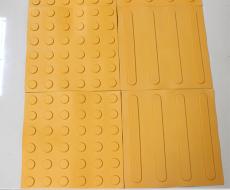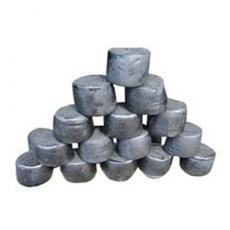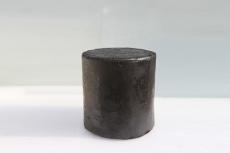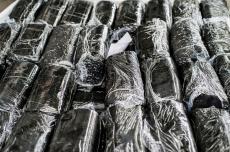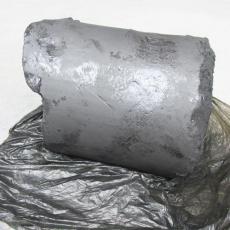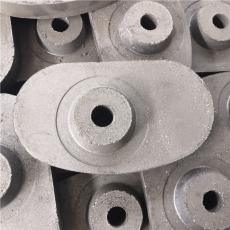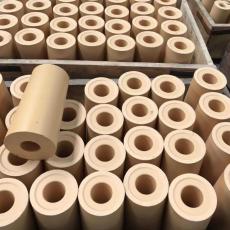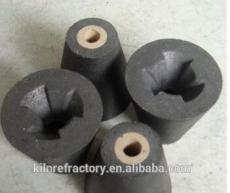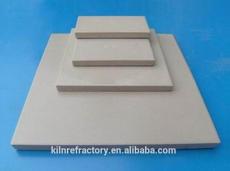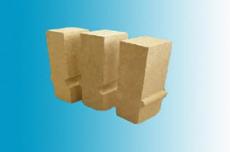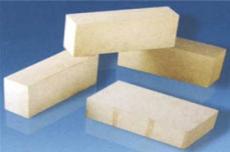
In the field of refractory materials, low-cement castables, as a high-performance refractory product, have been widely used in high-temperature industries such as metallurgy, chemicals, and building materials due to their unique composition and excellent performance. This article will start from the two core components of low-cement castables, aggregate and fine powder, and deeply explore their characteristics, mechanism of action and impact on the overall performance.
1. Overview of low cement castables
Low-cement castables, as the name suggests, refer to a new type of refractory castables made by reducing the amount of cement (especially aluminate cement) and optimizing the proportion of aggregates, fine powders and additives on the basis of traditional refractory castables. Refractory materials. Its distinguishing feature is its low CaO content, usually less than 2.5%, which makes low-cement castables exhibit higher stability, lower porosity and stronger erosion resistance at high temperatures. In addition, low-cement castables also have excellent properties such as high density, high strength, and earthquake resistance, and are indispensable and important materials in modern high-temperature industries.
2. Selection and function of aggregates
Aggregate is the main support for low cement castables, and its selection has a crucial impact on the overall performance of the castables. In low-cement castables, aggregates usually use raw materials with high refractoriness, such as special-grade high-alumina clinker, corundum, mullite, etc. These raw materials not only have high refractory temperature, but also have good corrosion resistance and thermal shock stability.
1. Particle size distribution of aggregates
Reasonable particle size distribution is the key to ensuring the performance of low cement castables. Generally speaking, the particle size of the aggregate should be designed based on the thickness of the cast lining and the required properties. Commonly used aggregate particle size gradations include 10-5mm, 5-3mm and 3-0.1mm, etc. Aggregates of different particle sizes are mixed in a certain proportion to achieve the maximum packing density and the best filling effect. This multi-grade design helps reduce pores in the castable and improve density and strength.
2. Mechanism of action of aggregates
Aggregate mainly plays the role of skeleton support in castables and can withstand mechanical stress and thermal stress at high temperatures. At the same time, the contact and occlusion between aggregate particles also help to improve the overall strength and erosion resistance of the castable. In addition, the thermal conductivity of aggregates also has a certain impact on the thermal shock stability of castables. Aggregates with high thermal conductivity can quickly transfer heat and reduce the concentration of thermal stress caused by temperature gradients.
3. Selection and function of fine powder
Fine powder also plays an important role in low-cement castables. It not only fills the tiny pores between aggregates, but also improves the properties of the castables through its unique physical and chemical properties.
1. Types and characteristics of fine powder
Commonly used fine powders in low cement castables include high alumina powder, corundum powder, silica fume, etc. These fine powders have the characteristics of fine particle size, large specific surface area, and high activity. Among them, silica fume, as an ultra-fine powder, has a particle size of up to microns or even nanometers. It has extremely high surface activity and can significantly improve the rheology and density of castables.
2. Mechanism of action of fine powder
The role of fine powder in low cement castables is mainly reflected in the following aspects:
- **Filling effect**: Fine powder can fill the tiny pores and gaps between aggregates, reduce the porosity in the castable, and increase the density.
- **Enhancement effect**: The fine powder combines with the cement hydration products to form a dense microstructure, which enhances the overall strength and erosion resistance of the castable.
- **Improve rheology**: The addition of ultrafine powder can improve the rheology of castables, reduce viscosity, and improve construction performance.
- **Promote sintering**: The highly active ingredients in the fine powder can promote the sintering process of the castable at high temperatures and improve the density and strength of the sintered body.
4. The synergistic effect of aggregates and fine powder
In low cement castables, aggregate and fine powder are not two components that exist in isolation, but are interdependent and interactive. Reasonable selection of aggregate gradation and fine powder type and dosage can achieve synergy between the two and achieve the best performance of the castable.
Specifically, the aggregate provides a stable skeleton support for the castable, while the fine powder optimizes the microstructure of the castable by filling pores and enhancing interface bonding. The two work together to enable low-cement castables to maintain excellent performance stability at high temperatures and meet the needs of various complex working conditions.
The aggregate and fine powder of low-cement castables, as its core components, have a decisive impact on the overall performance of the castables. By optimizing the particle size distribution of aggregates and the type and amount of fine powder, significant improvements in the performance of low-cement castables can be achieved. In the future, with the continuous development of refractory material technology, low-cement castables will show their unique advantages and broad application prospects in more fields.
